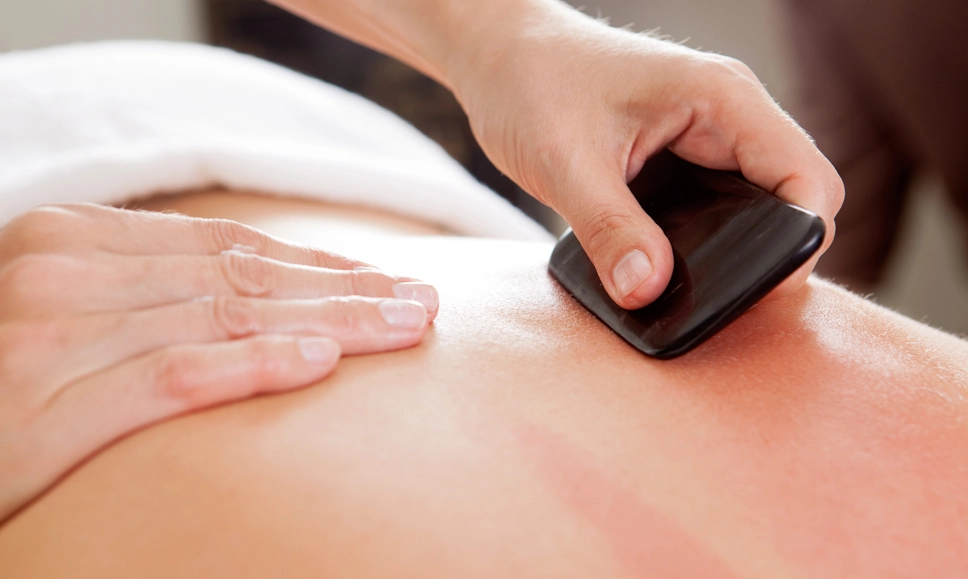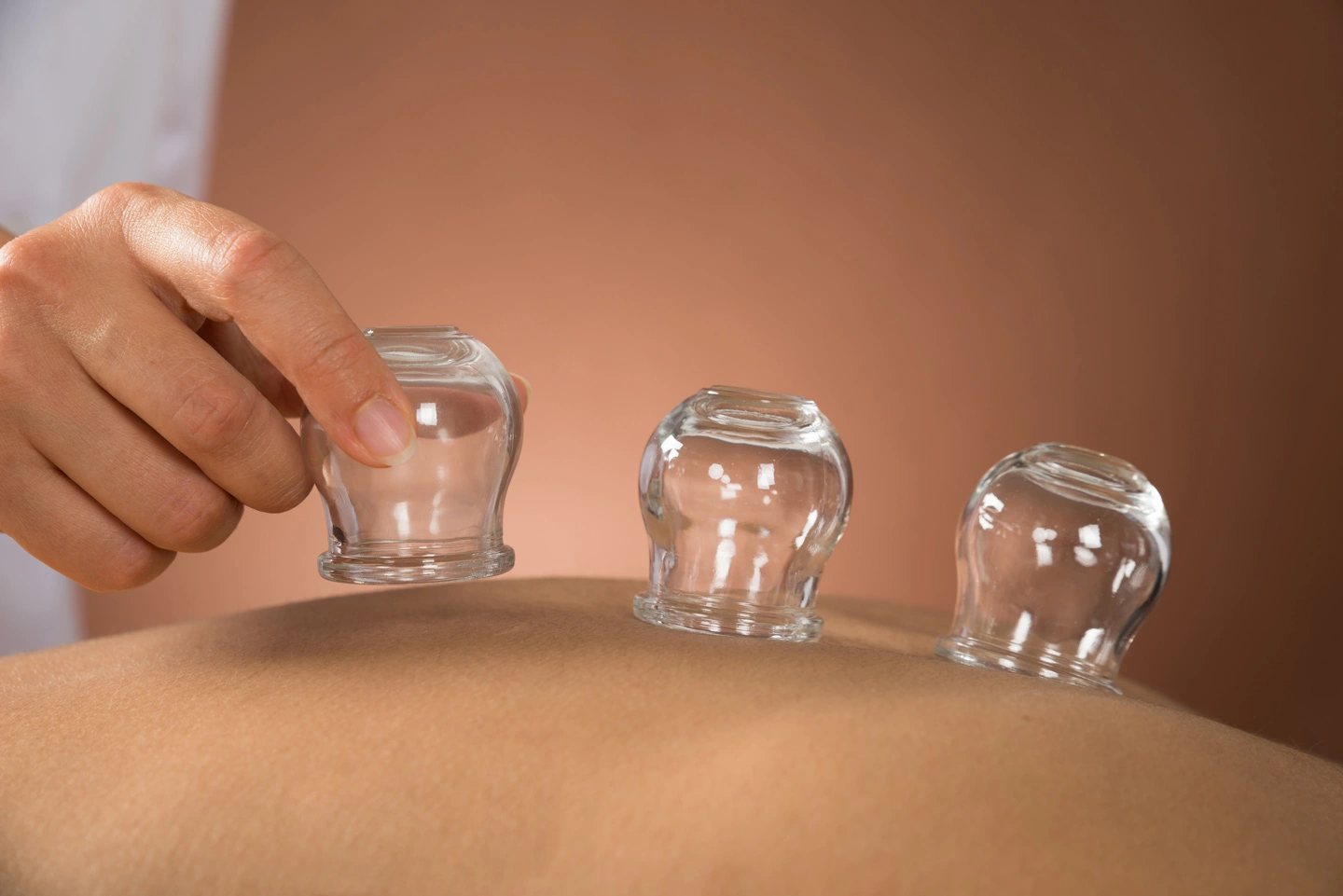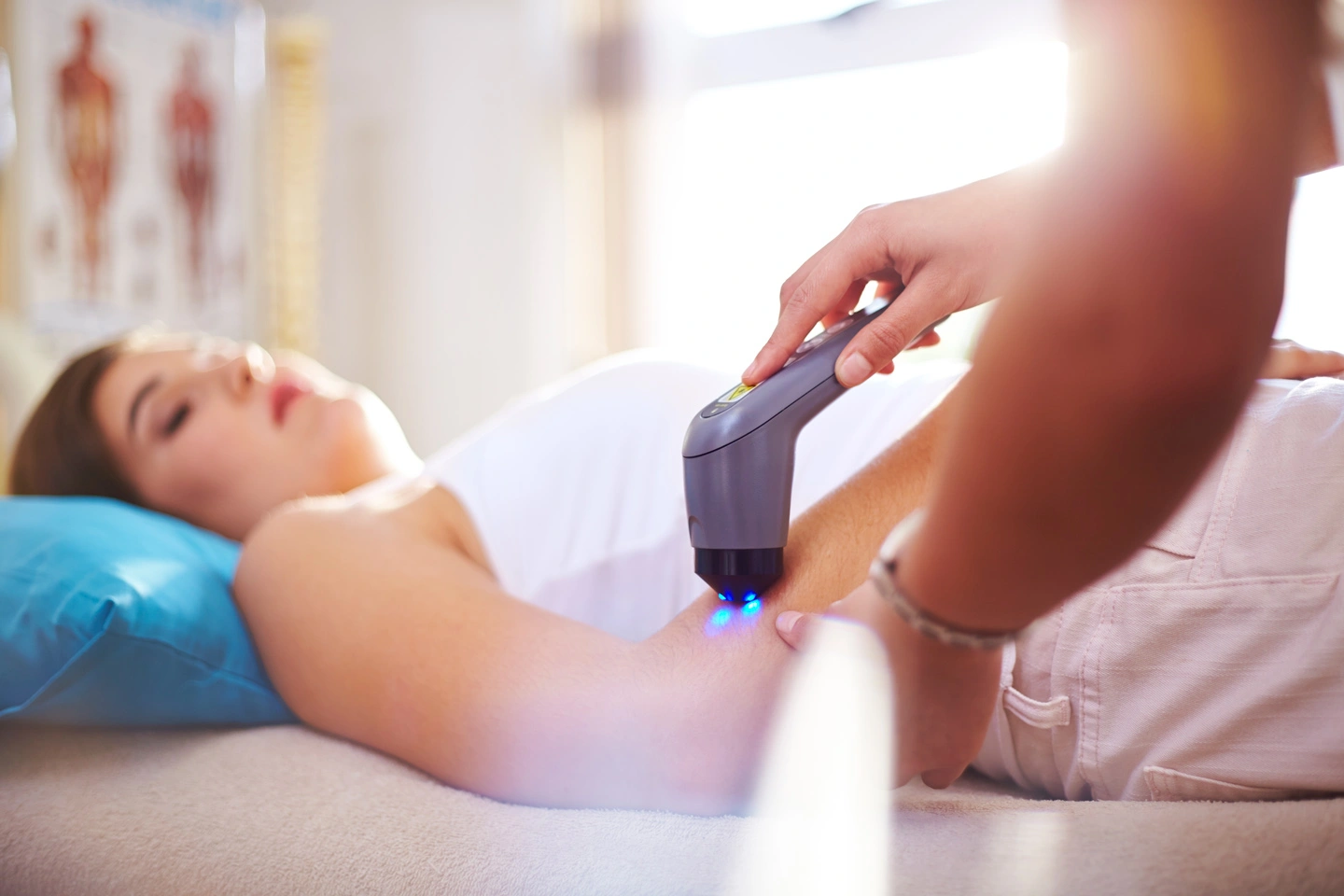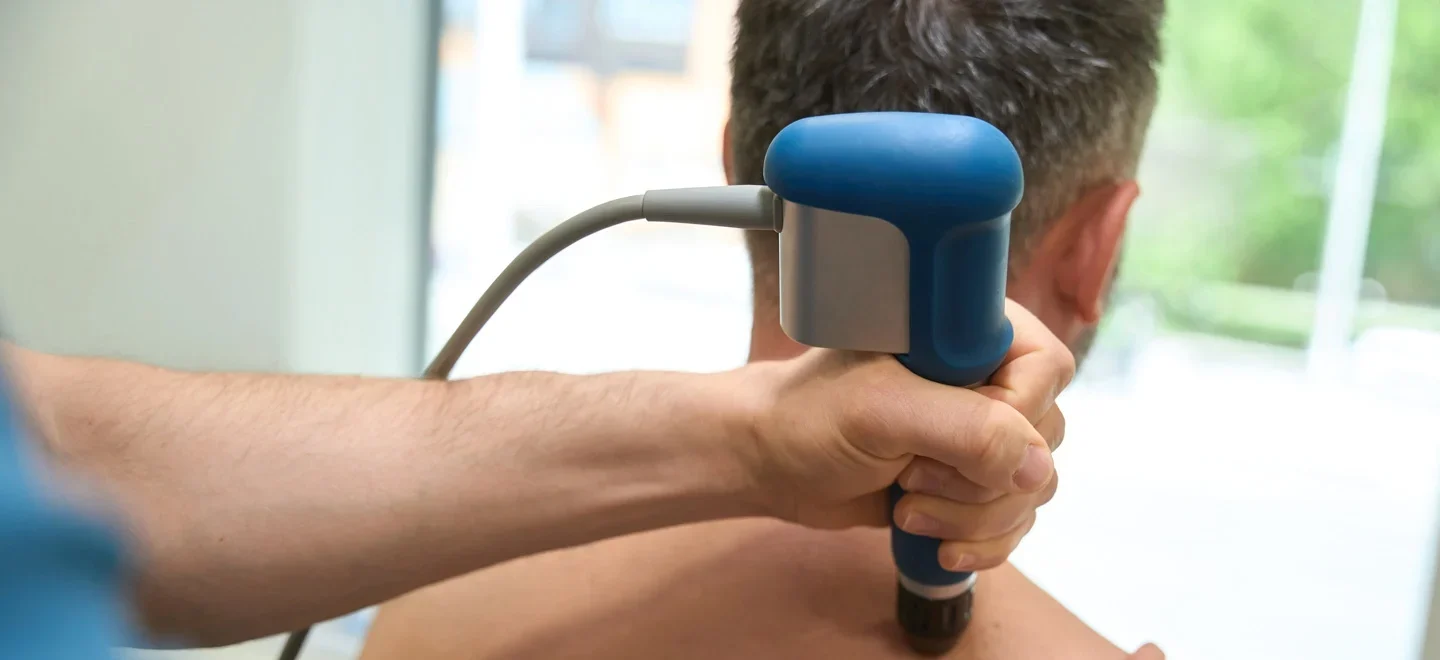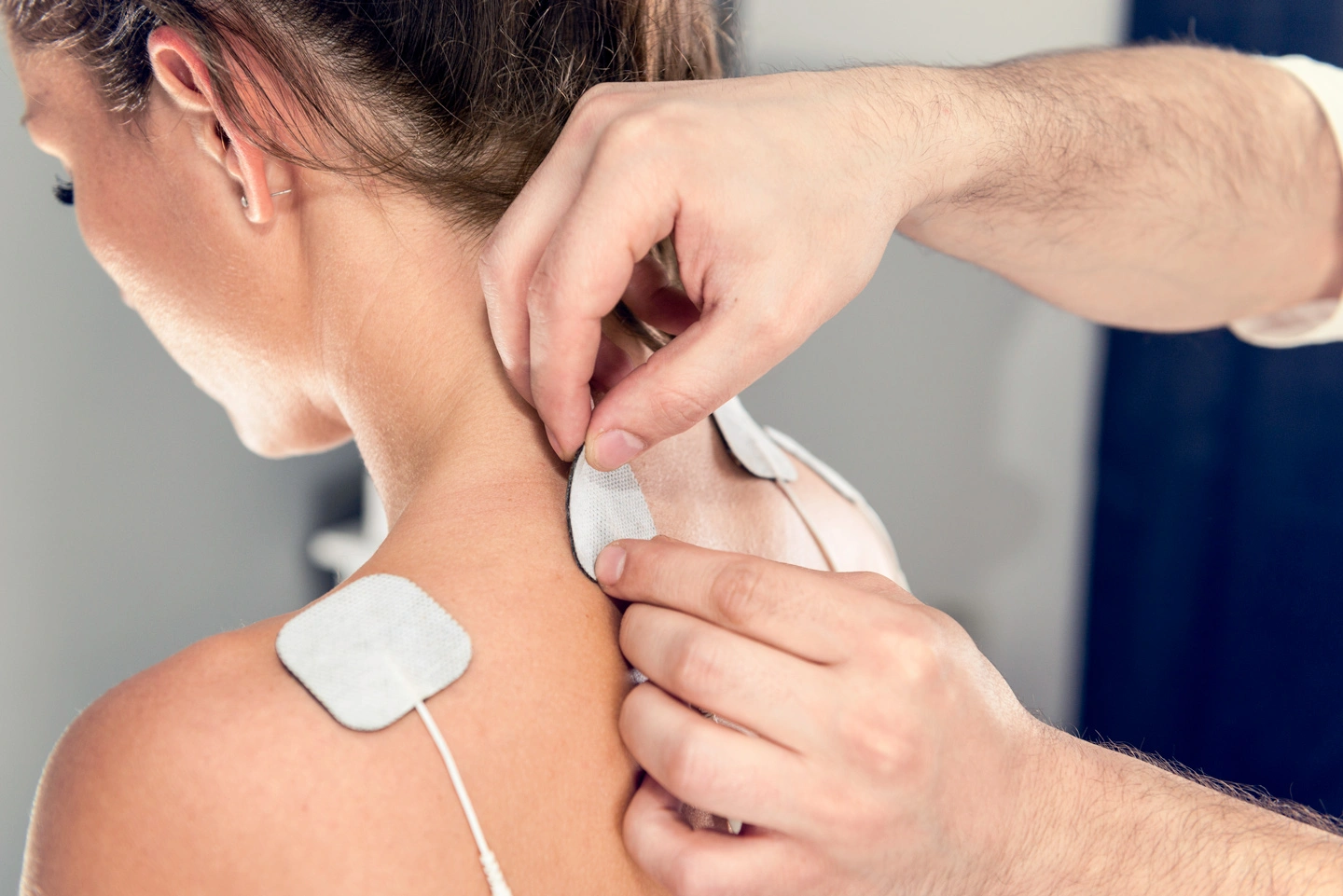What is the Graston Technique?
The Graston Technique is an evidence-based form of manual therapy resulting from the work of Doctor James Cyriax. Dr. Cyriax was an English orthopedic surgeon who developed Graston as a specific form of tissue massage that could act as a non-surgical option for patients suffering from soft tissue injuries.
The Graston Technique is a type of manual therapy known as instrument-assisted soft-tissue mobilization (IASTM). This means that as opposed to standard manual therapy, which uses only the hands to manipulate the body, instrument-assisted soft-tissue mobilization utilizes handheld instruments to penetrate deeper into the tissue. In the case of the Graston Technique, six core instruments are used.
The six core Graston instruments are constructed of stainless steel and vary in size and shape. Each instrument has been specially designed to enhance a doctor’s ability to detect adhesions, scar tissue, and restrictions within an affected area. For this reason, the instruments are concave and convex-shaped, designed with multiple angles and rounded edges to follow the body’s natural curves without tugging on the skin.
How Does the Graston Technique Work?
Similar to typical manual therapy, the Graston Technique involves identifying a problem area and effectively correcting the issue. During a treatment session, one of the Graston instruments is combed across the skin to detect injured soft tissue. The instrument chosen will depend on the area where the tissue is located, as well as how deep the tissue is.
Step 1: Identifying the Problem
When using the Graston Technique, the chiropractor is first looking to locate fibrotic tissue. Fibrotic tissue is composed of irregularly patterned fibers, meaning that it operates and feels different from typical soft tissue. Fibrotic tissue typically forms as a result of trauma and contains what are known as collagen cross-links – a nonuniform and misshapen pattern of the material that repairs tissue when it has been injured. Fibrotic tissue presents itself in two ways:
- Scar tissue: Scar tissue is the result of injury or surgery to soft tissue, such as muscles, tendons, ligaments or skin.
- Adhesions: An adhesion is the result of injury to connective tissue, which is the tissue that connects, supports, binds, or separates other tissues or organs.
Damaged tissue will not perform similarly to healthy tissue. Fibrous tissue is tight and lacks the range of motion, flexibility, and ability to work in tandem with surrounding tissue that is found in healthy tissue. This tissue can cause pain, muscle aches, muscle spasms, and a limited range of motion.
Step 2: Breaking Down the Cross-links
Once fibrotic tissue has been identified, the Graston instrument is then used to break it apart. For this process, the chiropractor performs what is known as cross-friction massage. This means that the instrument is repeatedly rubbed against the surface of the skin, in the opposite direction of the pattern of the tissue. For instance, if the tissue is patterned vertically, the chiropractor will rub the Graston instrument horizontally.
The purpose of a cross-friction massage is to re-introduce small amounts of trauma to the affected area. While this might sound intimidating at first, the term “trauma” simply means to disperse the fibrous tissue that’s clustered in the area, as well as increase blood flow to the tissue.
Who Can Benefit From the Graston Technique?
The Graston Technique is often used on those who have recently suffered a soft tissue injury or are recovering from surgery. This is because these are the patients who typically have a large amount of fibrous tissue at the site of the injury, resulting in pain and restricted motion.
The Graston Technique is growing in popularity, as its patented technology is now being used by major sports associations including the National Basketball Association (NBA), the National Football League (NFL), the National Hockey League (NHL), and Major League Baseball (MLB). Likewise, universities and hospital-based outpatient facilities have also begun offering the Graston Technique as a therapy.
The Graston Technique can be used for those suffering:
- Muscle sprains and strains
- Whiplash
- Sports impact injuries
- Torn ligaments
- Scar tissue after surgery
- Torn tendons
However, the Graston Technique is also very effective at stretching connective tissue. This process has similar effects as massage therapy, which relieves tension, promotes healing, and encourages flexibility and tenability. Other benefits of the Graston Technique include:
- Alleviated pain
- Reduced scar tissue and adhesions
- Reduced fibrous tissue
- Faster recovery time
- Reduced inflammation
- Relieved muscle tension
ChiroCare of Florida is proud to offer the Graston Technique across multiple South Florida locations, making this pro-level recovery treatment accessible to our patients.
What Are the Risks of the Graston Technique?
It is common to experience minor discomfort as well as redness after a treatment using the Graston Technique. This is a normal reaction to the cross-friction massage and is part of the healing process. During treatment, blood rushes to the injured site to provide oxygen-rich nutrients to the damaged area and to help break up fibrous tissue.
Those who have…
- Open wounds
- Healing fractures or broken bones
- Current treatment using blood-thinning medications
- Active malignancy or tumor
- Recently given birth
…should skip out on the Graston Technique. While its effects are beneficial, the technique could prove harmful to those with the above-listed qualities due to the repeated cross-friction motion against the tissue.
Make Your Graston Treatment Appointment Today
Soft tissue pain can be debilitating. But, you don’t have to let it become a regular occurrence. Your muscles, tendons, ligaments, and connective tissue support your every move daily. Give them a little support and show them some TLC with the Graston Technique. From lessened pain to improved range of motion, your body will thank you.
Contact ChiroCare of Florida today to learn more about the Graston Technique, or find your nearest South Florida chiropractic office to schedule a treatment.
Graston Technique is available at these South Florida locations:
